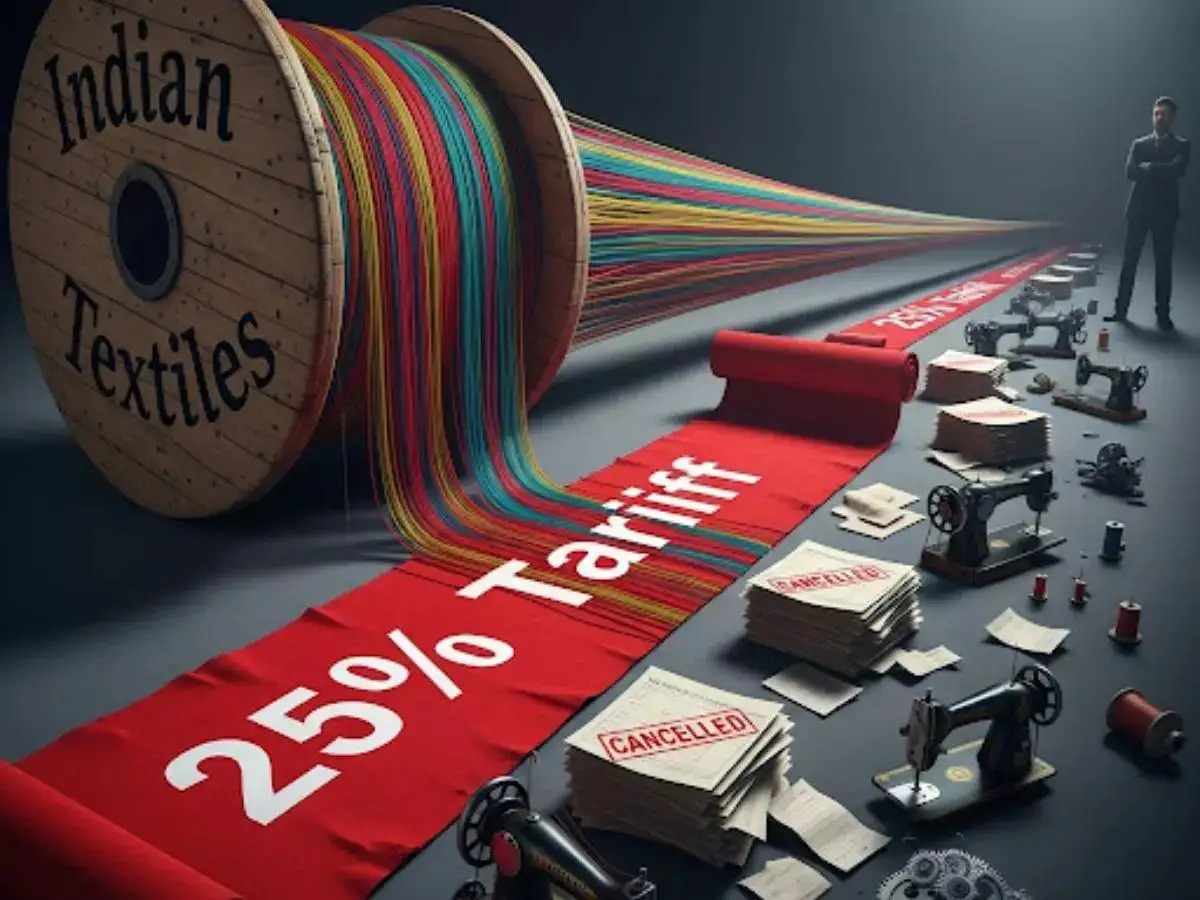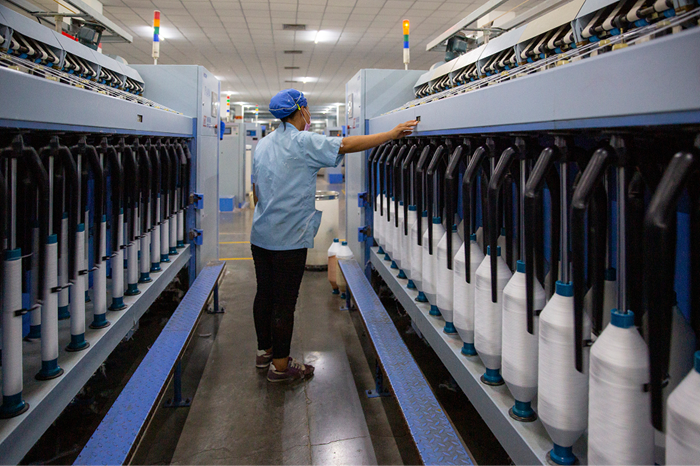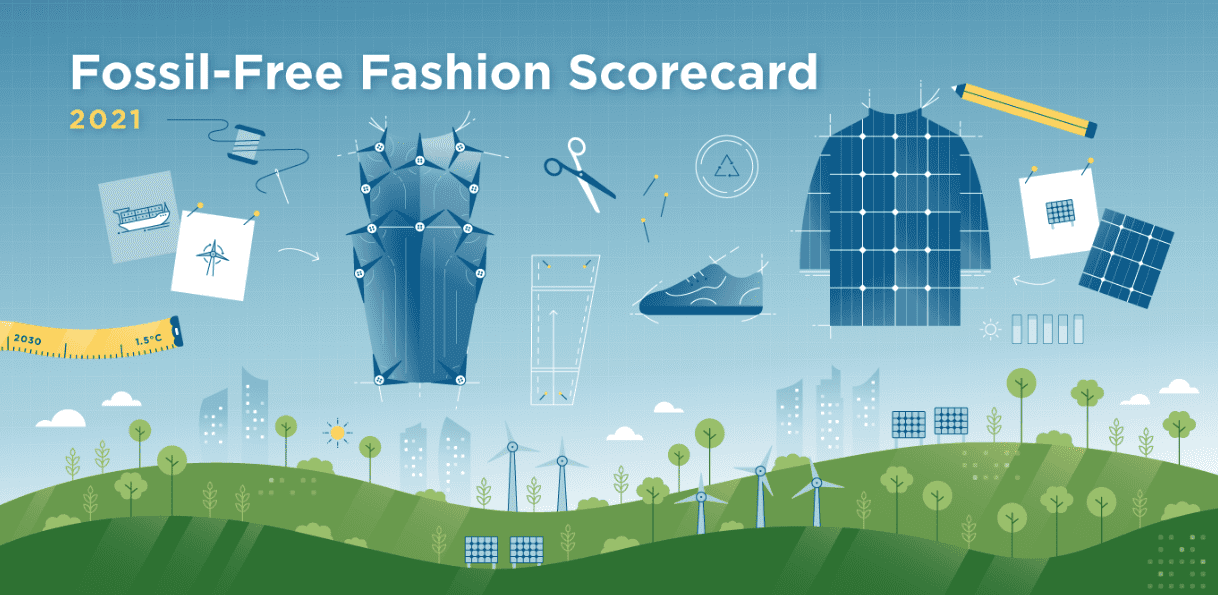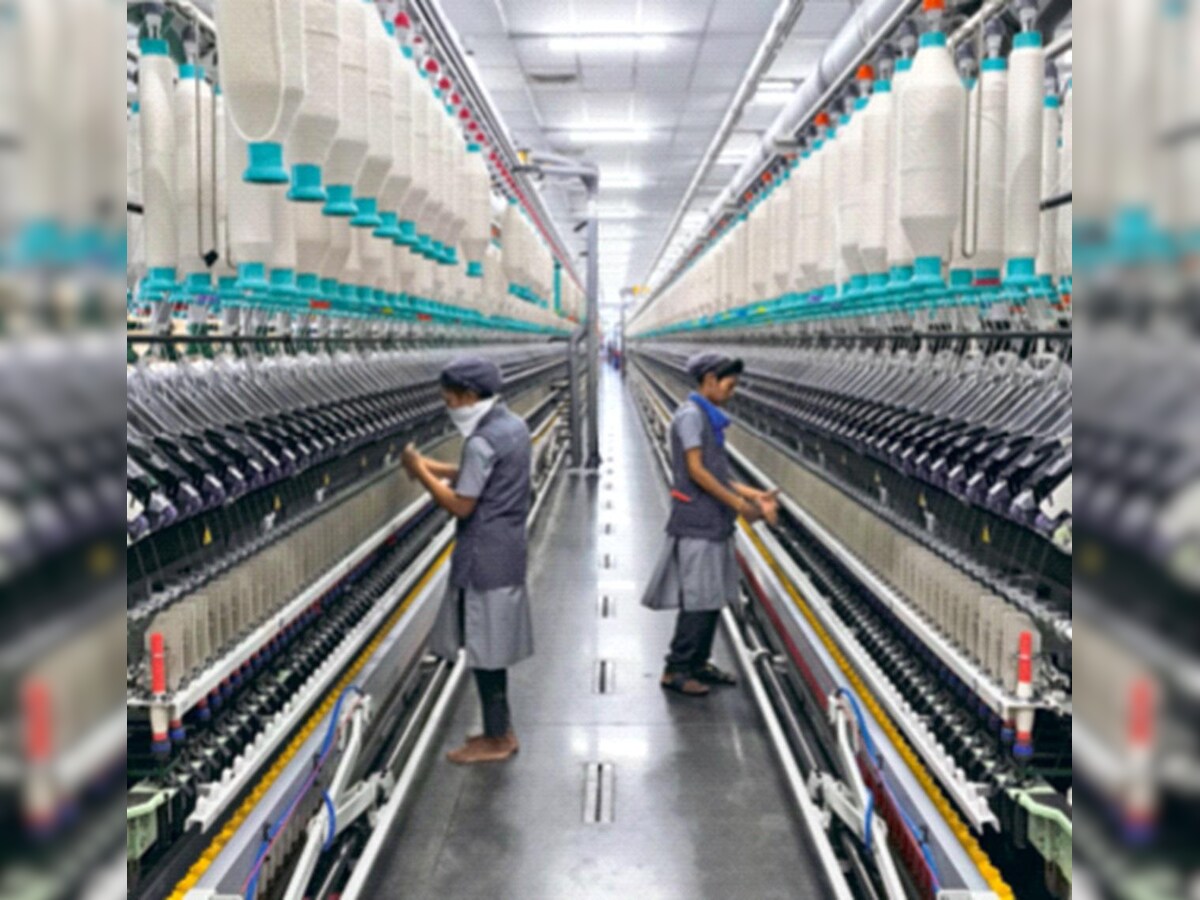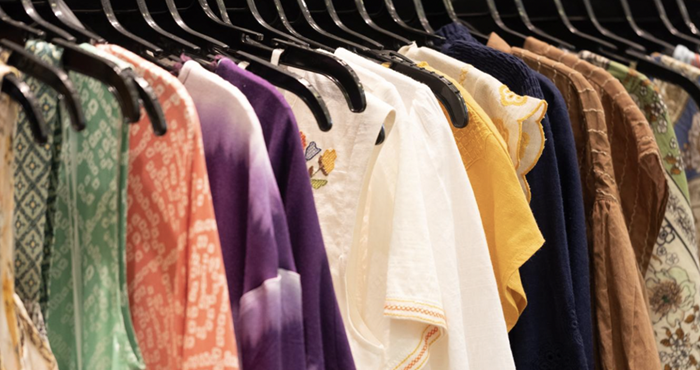"As per the US Bureau of Labor Statistics, retail apparel prices, following months of rise, fell to a seasonally adjusted 0.9 per cent in November. The prices, compared to year earlier, declined by around 0.4 per cent. Now some of these retailers expect prices to increase as cotton prices spiked by $1 per pound in June only to level off at around a current 75 cents a pound. According to Cotton Incorporated, average import prices for cotton-dominant apparel increased 0.9 per cent month-over-month in October. Year-over-year, cotton-dominant apparel import prices were 2.7 percent higher."
 As per the US Bureau of Labor Statistics, retail apparel prices, following months of rise, fell to a seasonally adjusted 0.9 per cent in November. The prices, compared to year earlier, declined by around 0.4 per cent. Now some of these retailers expect prices to increase as cotton prices spiked by $1 per pound in June only to level off at around a current 75 cents a pound. According to Cotton Incorporated, average import prices for cotton-dominant apparel increased 0.9 per cent month-over-month in October. Year-over-year, cotton-dominant apparel import prices were 2.7 percent higher.
As per the US Bureau of Labor Statistics, retail apparel prices, following months of rise, fell to a seasonally adjusted 0.9 per cent in November. The prices, compared to year earlier, declined by around 0.4 per cent. Now some of these retailers expect prices to increase as cotton prices spiked by $1 per pound in June only to level off at around a current 75 cents a pound. According to Cotton Incorporated, average import prices for cotton-dominant apparel increased 0.9 per cent month-over-month in October. Year-over-year, cotton-dominant apparel import prices were 2.7 percent higher.
Glenn J Chamandy, President and CEO, Gildan Activewear, recently said that cotton and polyester prices have gone up during the year, as have other costs across the supply chain. Gerald W Evans Jr, CEO, Hanesbrands, also instituted price increases of around 4 to 5 per cent in its innerwear business due to higher raw material costs.
Labor and other cost inflation causes concern
As per Moody’s Investor Services, apparel companies face input cost inflation from labor and cotton. However, it’s the US- China trade war and threats of stiff tariffs on the industry that poses the biggest dilemma. The uncertainty has already caused importers to make major changes in their sourcing strategies, while increases labor and other costs in Asia and elsewhere have made it more challenging than ever to chase the cheapest needle.
China trade war and threats of stiff tariffs on the industry that poses the biggest dilemma. The uncertainty has already caused importers to make major changes in their sourcing strategies, while increases labor and other costs in Asia and elsewhere have made it more challenging than ever to chase the cheapest needle.
Tariff rise to be a long-term trend
A tariff survey by Purchasing Manager’s Index, IHS Markit revealed that the US manufacturers expect tariffs to increase prices over the next two years. In the survey, conducted in second half of October, 44 per cent respondents expect tariffs and trade wars to lead to higher domestic prices for their goods in the US over the next two years.
Nicole Bivens Collinson, President of International Trade and Government Relations at Sandler, Travis & Rosenberg sees the tariffs and their threat as a long-term, multiyear trend. The results will be an overall rise in global prices. President Trump first imposed $50 billion worth of tariffs aimed at China that left the apparel industry largely unscathed. The next 10 per cent tranche came in the form of an additional $200 billion in tariffs, hitting certain apparel items, some leather, and hats and handbags. Now a threatened 25 per cent tariff–first set for January but postponed for 90 days–would likely hit apparel, textiles and footwear.
Fear leads to the inevitable
Fear is an important factor that will lead to price rise, believes Rick Helfenbein, President and CEO of the American Apparel & Footwear Association. The retailers, even with all the leverage they have will not be able to avoid increase in prices. They may force some of it back to their vendors—and that would be part of the natural process—and vendors will try to force some of it back to their factories. At the end of the day, there will be an increase in prices.


